Can You Have Multiple of the Same Continuous Yugioh Card in Play
Even in the best of times, Yu-Gi-Oh! never felt fair. The first season of the anime had Yugi attacking the moon, while the second season had people summoning three tribute monsters in a single turn. Even the game saw a consistent build towards massive power creeps that rapidly turned the tables.
While some cards offer clear advantages, some cards go beyond feeling unfair. Some cards flat out break the rules Yu-Gi-Oh! is built on. Whether it's forcing the player to play with their cards exposed or allowing them to have as many cards in their hand as they want, there are tons of cards that alter the basic rules of the game to be whatever the player desires.
10/10 Hieroglyph Lithograph Lets Players Have Seven Cards In Hand
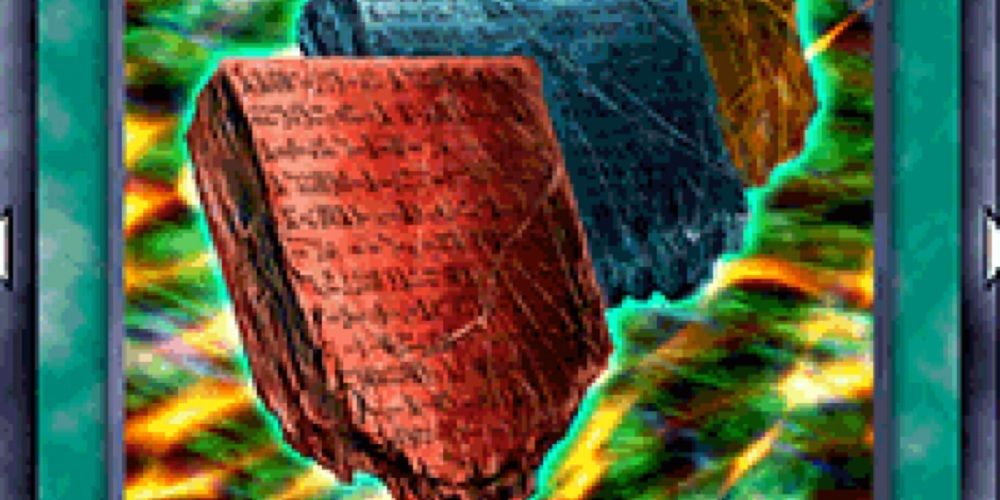
Originating in 2003 from one of Yu-Gi-Oh's earliest sets, Hieroglyph Lithograph was known as Pharonic Guardian. The card was later collected in Dark Revelation Volume 1, and wasn't printed ever since. It contained a normal spell that allowed players to increase their hand size limit to seven for the remainder of the game.
Hieroglyph Lithograph cost 1000 Life Points, but if it went through, there was nothing the opponent could do afterwards. Because of its status as a normal spell, the player who used it could have up to seven cards at any point in the duel once the spell resolved.
9/10 Respect Play Makes Both Players Play With Their Cards Showing
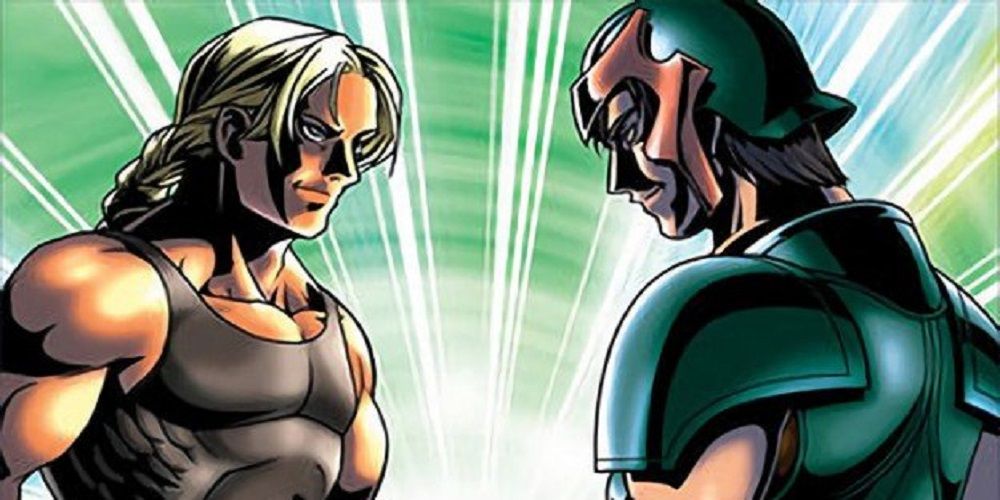
Much of the intensity behind Yu-Gi-Oh! came from the mind games players could play on one another. That was part of what made Pegasus such an unfair duelist to challenge during Duelist Kingdom, as he had the ability to see what the opponent was playing before they played it.
Respect Play made this component even worse, as it forced players to show their hand while they were dueling. Respect Play significantly altered the strategies of the duels, forcing both players to play without trying to trick the other.
8/10 Enervating Mist Forces A Five-Card Limit On The Opponent's Hand
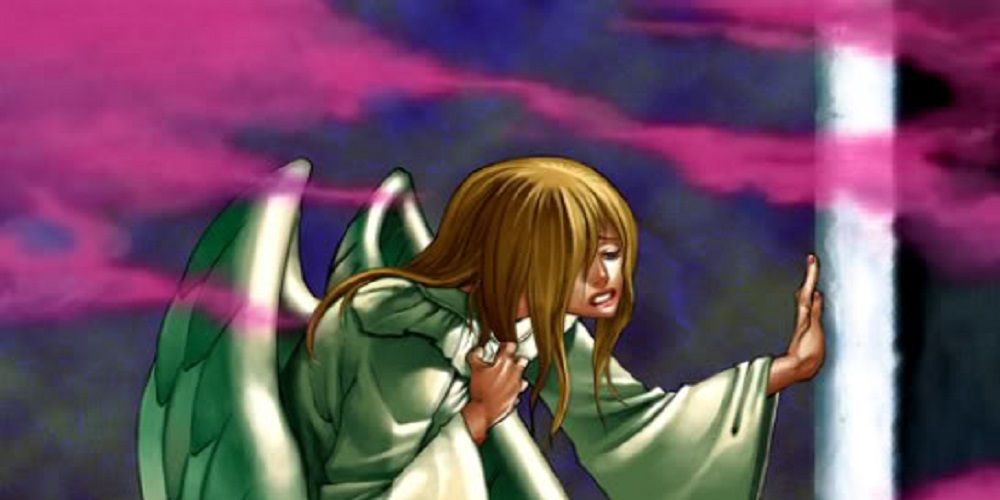
While a lot of cards focus on increasing the amount of available cards in the player's hand, it isn't a great strategy overall. On the other hand, cards which reduce the number of cards in the opponent's hand can quickly turn the tide.
Originally released in the 2004 set Soul of the Duelist, Enervating Mist is a normal trap that reduces the opponent's hand size limit to five. Keeping more than six cards in hand isn't the restriction people think it is; it only goes into effect during the end phase. Players often prefer to have cards either on field or in their graveyard at that point.
7/10 Infernity Zero Continues The Duel After Someone's Life Points Hit Zero
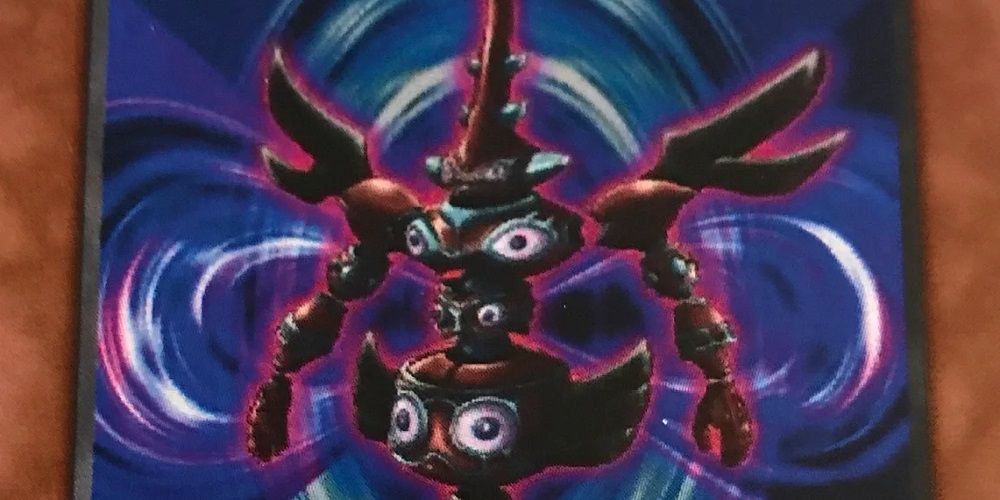
Infernity Zero is a card so busted even Yu-Gi-Oh! hasn't tried to include it yet. It's one of the Infernity monsters, belonging to Kyosuke Kiryu, the only man who ever beat Yusei Fudou in a duel. With Infernity Zero, the player can discard all other cards in their hand to special summon Infernity Zero if their life points are below 2000. Additionally, Infernity Zero keeps the player alive even after their life points hit zero.
The only way to end the duel is to inflict damage three times after the player's life points hit zero. Each time, Infernity Zero gains a Des Counter. After the third Des Counter, Infernity Zero destroys itself, ending the duel. There's no way to balance this card without taking what makes it special, but players can play it in the Yu-Gi-Oh! Tag Force games.
6/10 Infinite Cards Is Great For Slifer Players
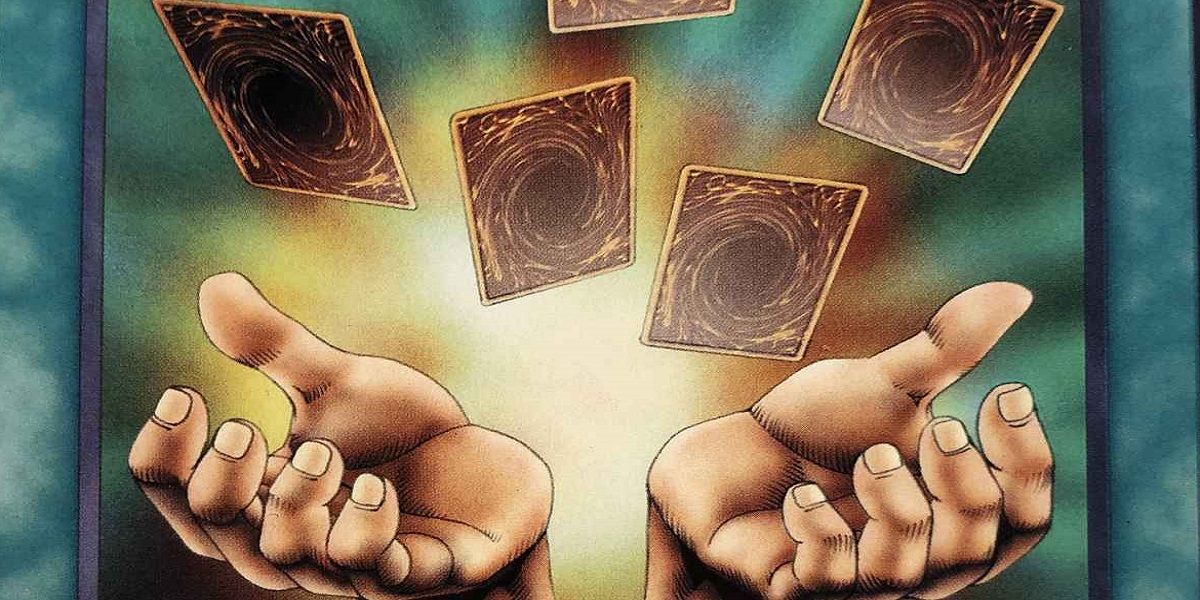
Infinite Cards first released back in 2003 in the set Labyrinth of Nightmare. Since then, the card has been reprinted multiple times, but it's never been an expensive card to acquire. Infinite Cards is a continuous spell card which removes maximum limits from both players hand size.
Infinite Cards are cheap because most decks can't do anything with 12 cards that they can't do with six. But for Egyptian God Card fans, it significantly changes their strategy. With more than six cards in hand, Slifer the Sky Dragon has theoretically no end to how high his attack can get.
5/10 Quiet Life Can Stop Players From Special Or Normal Summoning
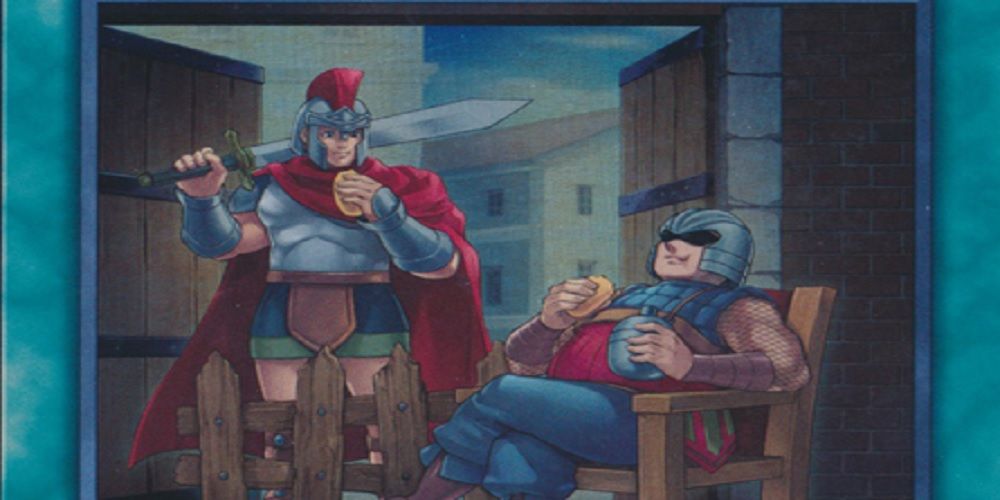
In 2017, Konami released the spell card Quiet Life in the Circuit Break set. The card is a continuous spell players can only use at the beginning of their turn. The card forces players to choose between either Normal or Special Summoning.
Whichever type the players choose, they can't activate the opposite type of summoning. There are cards which can stop the player from special summoning, but few of the Yu-Gi-Oh! cards forbid the player from normal summoning or setting a card for the turn.
4/10 Finite Cards Limits A Player's Max Hand Size To Half Its Normal Size
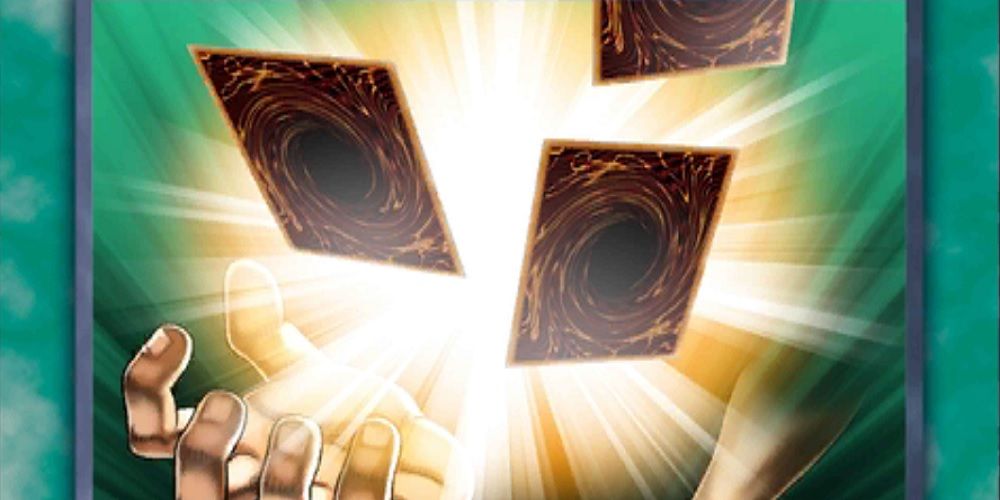
Infinite Cards was part of Yu-Gi-Oh! almost from the very beginning. But in 2016, Konami decided to add the inverse version to their set Shining Victories, introducing the spell card Finite Cards. Where Infinite Cards allowed both players to have unlimited cards in hand, Finite Cards cut the number of cards in a player's hand to 3.
Naturally, Finite Cards doesn't see much play. There aren't many decks that operate off not having many cards in hand, and 3 cards doesn't give the player a lot of ways to respond to their opponent.
3/10 Convulsion of Nature Forces Players To Duel With Their Decks Upside Down
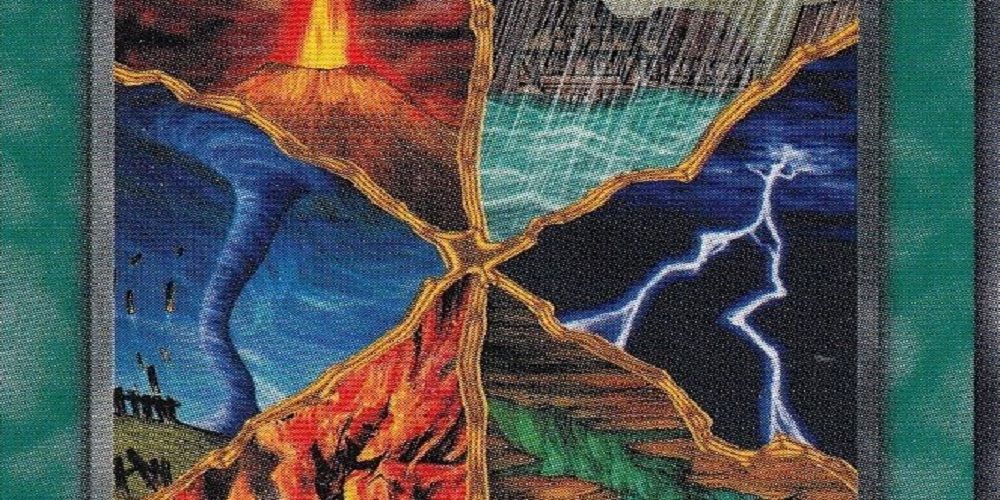
Konami had no idea what they wanted Yu-Gi-Oh to be early on, which was why there were so many wacky cards made. Convulsion of Nature was released back in 2003 in the set Legacy of Darkness. A continuous spell card, Convulsion of Nature forced both duelists to turn their decks upside down and duel with their decks face up until Convulsion was destroyed.
Convulsion of Nature is like another version of Respect Play, as eventually both players will discover everything in their opponent's hand. Convulsion of Nature also lets players know whether a key card or a dead draw is coming up.
2/10 Silent Wobby Limits The Player's Hand Size To 3
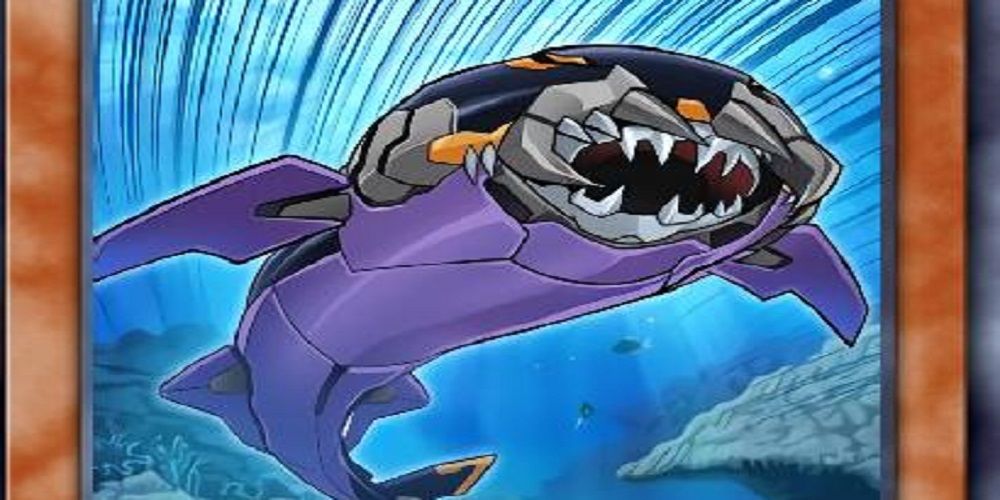
Silent Wobby was released in the West in 2014 in the Premium Gold set. It had previously released in Japan as part of Premium Pack 16 — one of the many sets that didn't reach the West. As random as the Silent Wobby card was, it's also had some strange abilities.
Silent Wobby was a monster that can be summoned to the opponent's side of the field, before allowing the player to draw a card while the opponent gained 2000 life points. The real trick to this card was that it forced whoever owned it to have a hand size limit of three cards. This would be a great restriction, but because summoning powerful Link monsters was so easy, it became a dangerous monster to use.
1/10 Vengeful Bog Spirit Gives Monsters Summoning Sickness
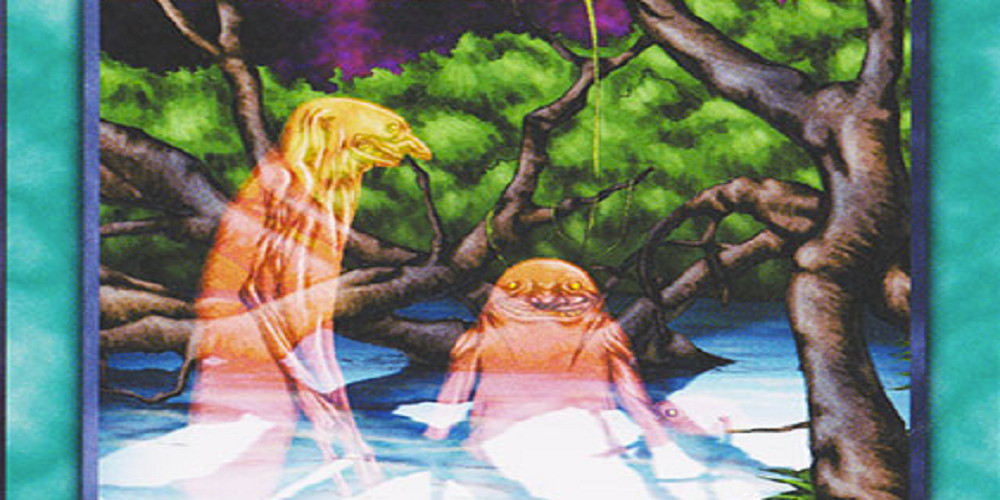
One of the main things that separates Yu-Gi-Oh! from other card games is that in this game, there's no summoning sickness. In other words, when a monster is summoned, it can attack during that same turn instead of waiting a turn before doing anything. The only time a player can't attack according to the rules is on Turn 1, when the opponent has no way to defend themselves.
However, Vengeful Bog Spirit introduces the concept of summoning sickness to Yu-Gi-Oh! — changing gameplay, so monsters can't attack during the same turn they're summoned. It's actually not a bad idea, and it may be an interesting rule change Konami can look into.
sheltontaintimand1972.blogspot.com
Source: https://www.cbr.com/yu-gi-oh-cards-break-rules/
0 Response to "Can You Have Multiple of the Same Continuous Yugioh Card in Play"
Post a Comment